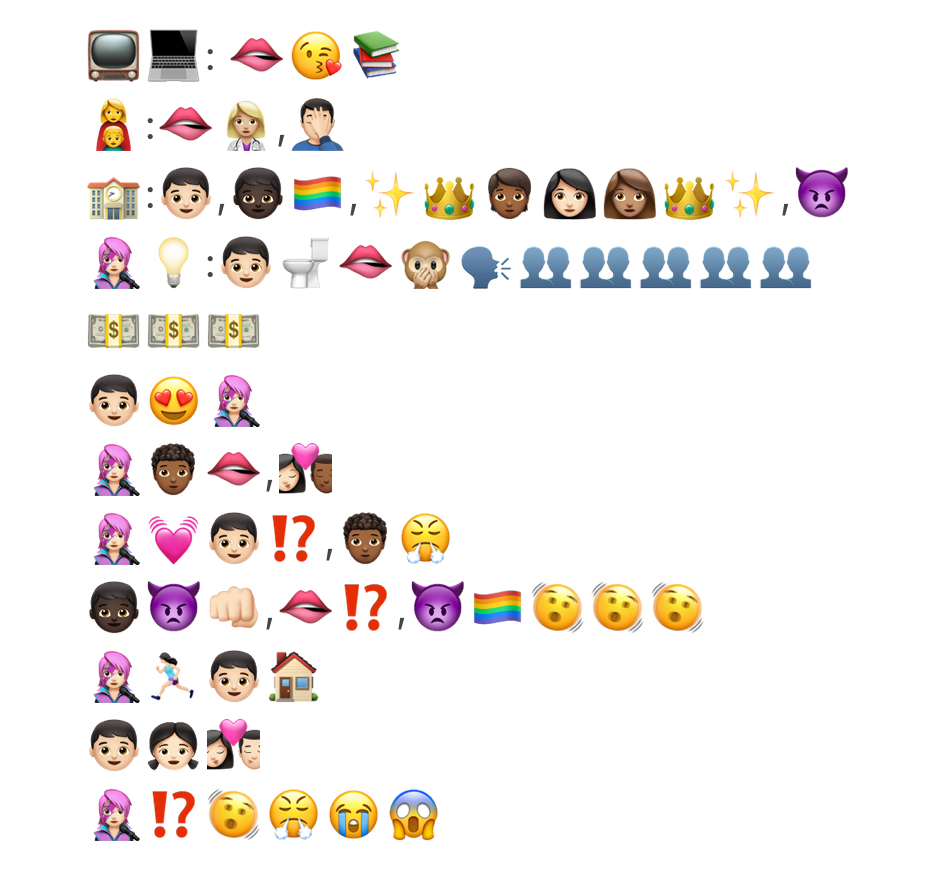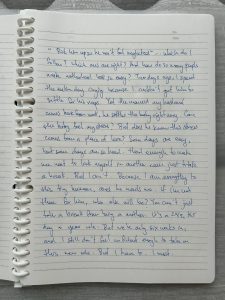Out of the 27 pieces on the Golden Record, the following are the 10 that I would curate, as well as my reasons for selecting them.
- Senegal, percussion: No words or voices, just pure percussion goodness! Regardless of where you come from, I believe that everyone and everything can react to and enjoy rhythm. The tempo of this piece is also upbeat, exciting, and easy to move along to.
- Mexico, “El Cascabel”: Another exciting piece with a fast tempo. The high tones and lower tones of this piece pair beautifully together. We can feel the emotion of the Mariachi band even without knowing or understanding the language.
- “Johnny B. Goode”: If aliens could understand English, they might be moved and inspired by the lyrics of this song–a boy’s dreams of making it big one day. Along with the catchy guitar intro and chorus, this “rags to riches” song is a great example of rock and roll music, a genre that was criticized at first but now adored by many.
- Japan, shakuhachi, “Tsuru no sugomori”: The sad, almost haunting melody could show the depth and complexity of human emotion, that we are not always happy and excited. There are moments of sadness, despair, and longing as well.
- Bach, “Gavotte en rondeaux” from the Partita No. 3 in E major for Violin: Dancing does not always have to be paired with obvious beats and percussion sounds–a gavotte is proof of that. I also believe that classical music is timeless and appreciated by people all over the world. Perhaps the beings out in space would enjoy this genre of music as well.
- Peru, panpipes and drum: The rhythmic drumming in this piece almost sounds like a heartbeat, which is why I selected it. What if other lifeforms in the universe do not have hearts? Could this piece show them what a heartbeat sounds like? I think so.
- “Melancholy Blues”: Jazz music, less rigid and structured than classical music, could show that humans are fun and creative. Since an important aspect of this genre is improvisation, showing the universe a jazz piece by the legendary Louis Armstrong could present humankind as a species that is versatile and one that can adapt to others.
- Beethoven, Fifth Symphony, First Movement: Perhaps one of the most iconic classical pieces in all of musical history. You do not have to be a fan or frequent listener of classical music to appreciate this piece by Beethoven. The dramatic introduction of strings express anger and frustration, but then with the horns comes along a softer, calmer string melody, which then passionately builds and reverts back to the angry and dramatic melody. The human experience is an emotional one, where in a single moment we feel so many things all at once. This piece can symbolize how we live navigating between the ups and downs of life, torn between feelings of happiness and hope and frustration and despair.
- China, ch’in, “Flowing Streams”: A slower piece with many pauses and long, drawn-out notes. It could even be a lullaby for some with its calming melody. While the other pieces I selected sound “busier” and more complex, this piece gives a “less is more”, simple but beautiful feeling. Among the chaos and busyness of life, there are also moments of calm and quiet.
- India, raga, “Jaat Kahan Ho”: I was mesmerized the moment I heard this piece, and I believe that other lifeforms could be as well if they heard its beautiful melody. If aliens could get goosebumps, I think they would after listening to this piece. Even without understanding the words being sung, the piece is entrancing and haunting.
References
NASA. (n.d.). Voyager – music on the Golden Record. NASA. https://voyager.jpl.nasa.gov/golden-record/whats-on-the-record/music/




